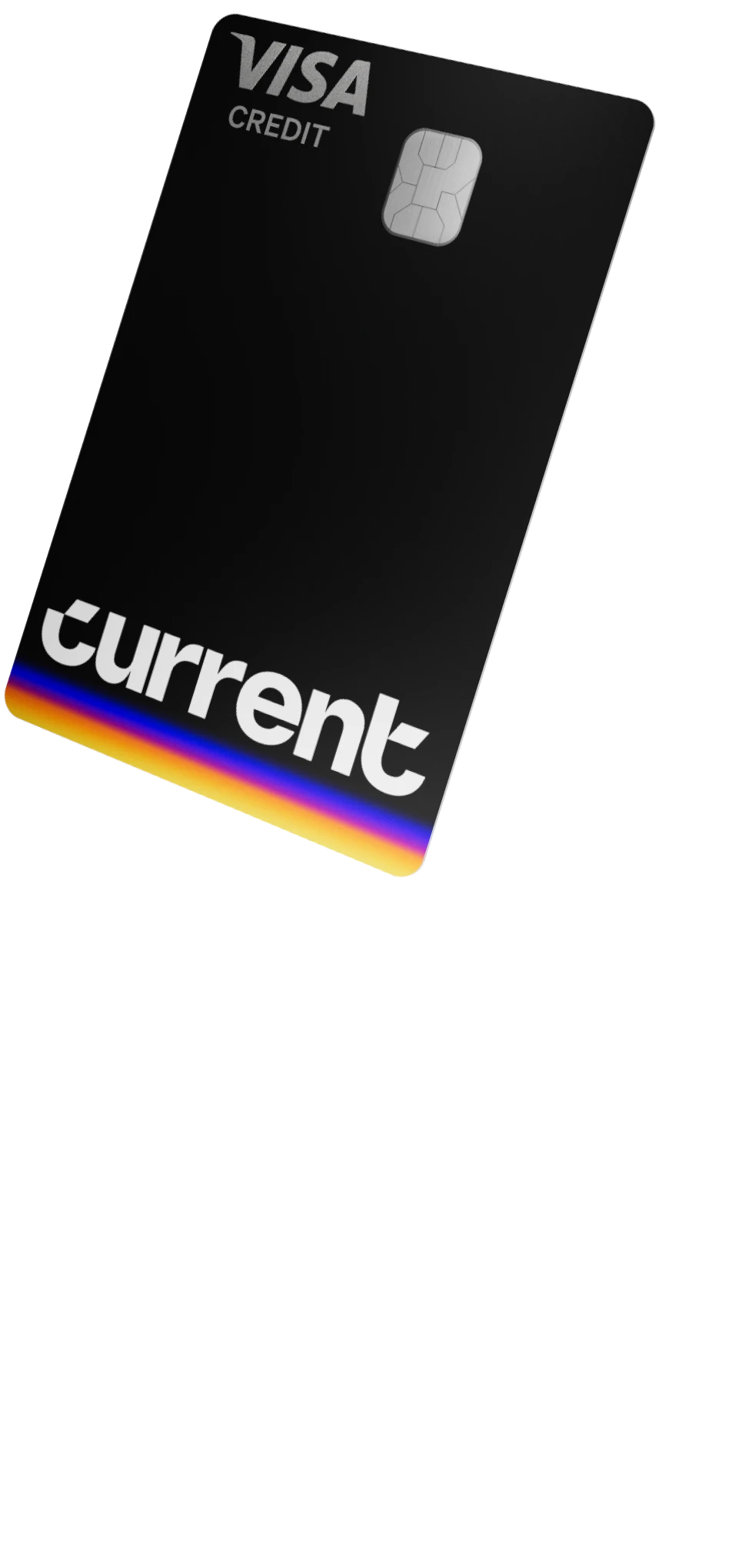What Is an NFT?

An NFT is a non-fungible token typically associated with a piece of digital art which lives on a blockchain and verifies authenticity and ownership of the token. This means that any person or entity can purchase an NFT if they have the corresponding token on the blockchain the NFT is hosted on. For example, if an NFT is on the ethereum blockchain, you would need ethereum to purchase it, and likewise if it's on any other blockchain.
NFT Specifics
An NFT is a non-fungible token, where “fungible” is defined as an asset that can be replaced by another, identical item. A non-fungible item, therefore, is unique and irreplaceable.
In cryptocurrency terms, a bitcoin is fungible. One bitcoin can be traded for another in a like-for-like transaction. But an NFT is like a special edition trading card. There is no other like it.
The idea of a “token” comes from NFTs being tokens that identify the owners of unique items. No matter what the item is, it has only one official owner at any given time, and they are secured and verified by a dedicated blockchain (a digital account of transactions). Whenever a new transaction occurs, the transaction is added to the blockchain, and this is distributed across the entire computer network.
This means that no one can falsify the record of ownership of an NFT or fraudulently create a new NFT.
This also means that every NFT is technically unique because a creator could release a blockchain entry for one definitive version of a piece of digital art, but there could also be hundreds of numbered copies of the same artwork. It is that uniqueness and public desirability that drives the value of NFTs.
What Are NFTs Used For?
NFTs are usually bought and traded for digital items. The most common use of NFTs is to buy digital art, but it can also be used for music, and anything that can be expressed digitally. The New York Times, for example, published an article that was explicitly written to be traded as an NFT; it was ultimately bought for $744,247.
Even for a piece of art that is included with an NFT, anyone can copy and download the digital file as often as they want. But NFT confers ownership of the work to whoever bought it. Like with physical artwork, the artist retains copyright and reproduction rights.
It is not dissimilar to how anyone can buy a reproduction of a priceless work of art, but the original can be owned by only one person. If that person decides to sell their original, it is worth an incredible amount of money.
Who Uses NFTs?
NFTs have become very popular lately, and this has led some people to wonder what the big deal is. If NFTs are being used for art, the whole idea behind NFTs provides unique benefits to both artists and buyers.
For artists, NFTs provide a way to sell content that might not have a traditional market. Additionally, the mechanism behind NFTs makes it possible that every time the token is bought by another party, the artist gets a percentage of the royalties. As the value of a piece with an NFT grows, both the buyer and the artist stand to benefit from its resale value.
From the buyer’s perspective, NFTs offer a way to let consumers support the artists they like. But the fact that the NFT confers a degree of ownership to the buyer means that buyers have the legal right to share the image online or use it in their social media posts. Anyone else can download the image, but they will not have the actual blockchain entry, and that is what makes all the difference.
NFTs are also of value to collectors. Like collecting art and other valuables in the offline world, NFTs are a speculative asset, and people can buy the relevant blockchain entries of whatever they think is going to be the next big thing and hope that the value skyrockets so they can sell it for a profit.
And there is an audience for this kind of content. Many people see NFTs as the future of art and art collecting. Many others see NFTs as trading cards — as a way of constantly trading and exchanging their assets toward what they really want. This appeals both to people who are content to pay hundreds of dollars for tokens and to those willing to pay tens of millions of dollars.
NFTs are serious business, both financially and artistically. In 2021, Mike Winkelmann, known professionally as Beeple, completed a painting entitled Everydays: the First 5000 Days. The buyer is a programmer in Singapore, who received the right to display the artwork (which he did in a digital museum), but the copyright of the piece remains with Beeple.
As an example of the scope of the impact of non-fungible tokens, Everydays: the First 5000 Days is not only the most expensive NFT; it is also one the most expensive paintings ever sold by a living artist, fetching a price of $69 million at Christie’s auction house and almost crashing the Christie’s website.
References
What You Need to Know About Non-Fungible Tokens (NFTs). (May 2021). Forbes.
Decoding Crypto: What It Is, How It Works, and How to Get Started. (July 2021). Nasdaq.
What Is an NFT? Non-Fungible Tokens Explained. (March 2021). CNN.
Buy This Column on the Blockchain! (June 2021). The New York Times.
What Are NFTs and Why Are They So Popular? (March 2021). MoneyWeek.
NFTs Are Shaking Up the Art World—But They Could Change So Much More. (March 2021). TIME.
These Crypto Bros Want to Be the Guggenheims of NFT Art. (April 2021). Bloomberg.
WTAF? Beeple NFT Work Sells for Astonishing $69.3m at Christie’s After Flurry of Last-Minute Bids Nearly Crashes Website. (March 2021). The Art Newspaper.




